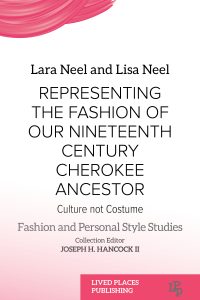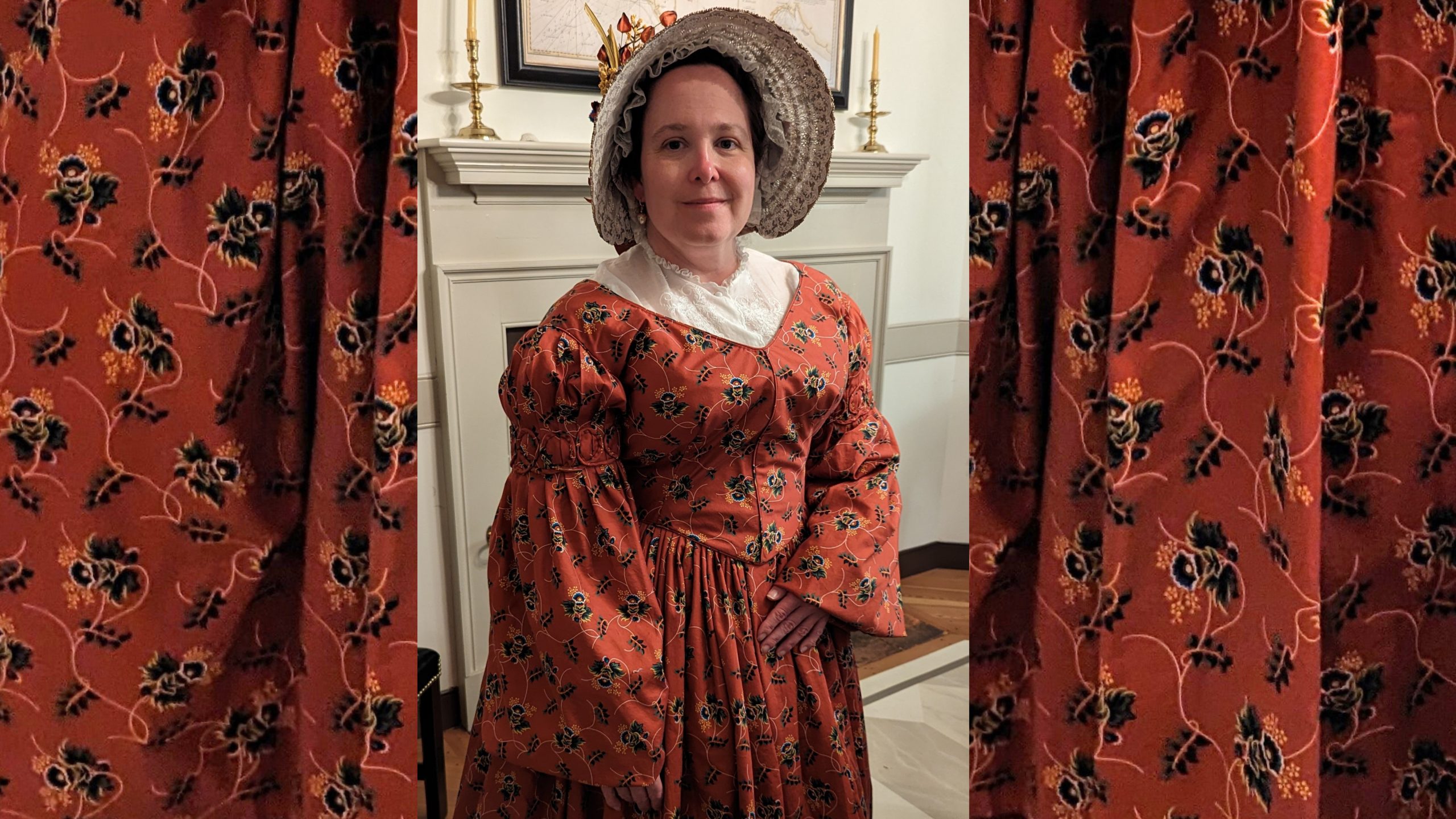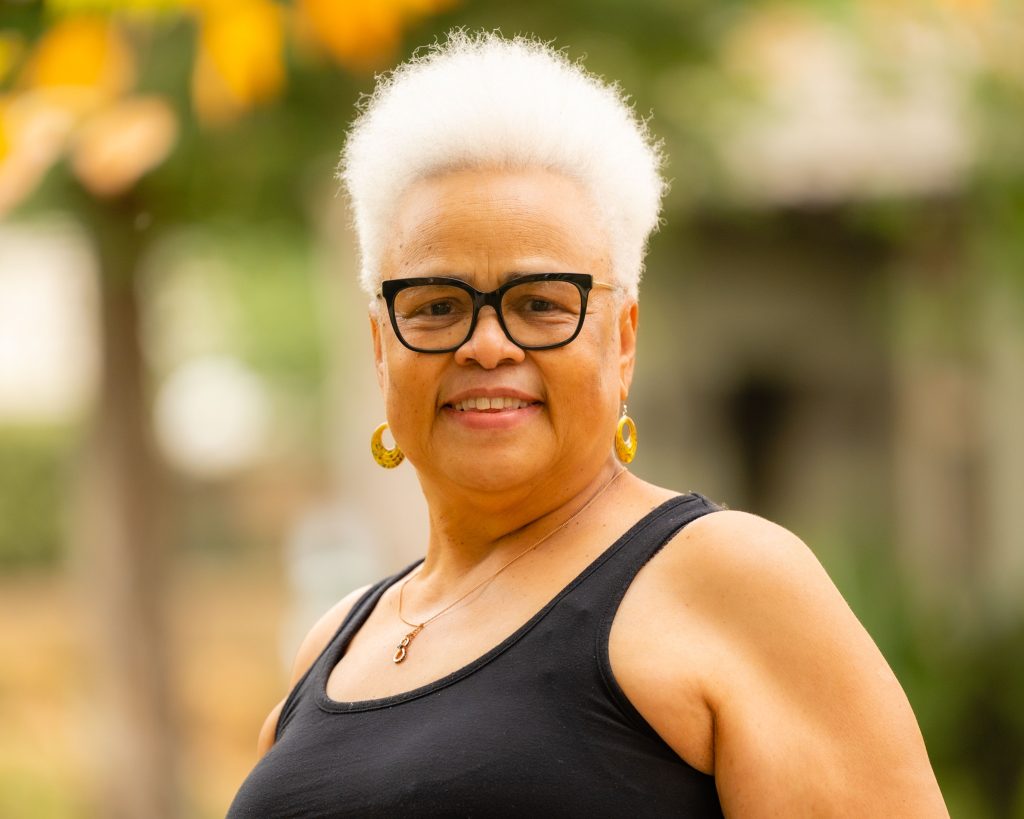Our Family’s History is the Nation’s Continued Reality
The Cherokee Nation Phoenix Newspaper was first printed on Feb. 21, 1828, in New Echota, Cherokee Nation (now Georgia). This publication has offered a rich and layered way for Cherokee people to discuss, share, and support each other. Unfortunately, it has also been a witness to an ongoing epidemic of violence against American Indian and Alaska Native (AI/AN) people, often especially among our women. For example:
- Remains of Aubrey Dameron found and identified
- CN embraces awareness movement for the missing
- Organization spreads light on missing Natives
As of this writing, Aubrey Dameron is the most recently identified Cherokee woman, missing for a time, her life prematurely lost to violence.
In 2021, the National Congress of American Indians described violence against American Indian and Alaska Native (AI/AN) women as “devastating,” reporting that, “AI/AN women face murder rates more than 10 times the national average in 11 counties.” More recently, the National Institute of Justice reported that more than 80% of AI/AN women had experienced violence in their lifetime.
The Cherokee Supreme Court Museum, in Tahlequah, OK, seeks to tell the story of the Cherokee judicial system, including one spectacular interruption: the Tragedy at Goingsnake.
You can visit it virtually, if you’d like.
She was murdered.
On February 13, 1872, our grandfather’s great-grandmother was murdered. The shooting was either part of a longer feud, an accident, or a little of both. We had always heard of her as a tragic figure. Her killer ultimately went unpunished, except possibly by his conscience.
Even her proper name was disputed among her relatives less than 50 years after her death. A search for her mother’s name in the Series: “Eastern Cherokee Applications, August 29, 1906–May 26, 1909” held at the United States National Archives yields distant cousins, nieces, nephews, and direct descendants that list Polly with seven different aliases.
Everyone that gives a death date gives the same uncommonly specific one: February 13, 1872.
She is missing.
We don’t know where she is buried. We have no images of her. Many histories of Indian Territory don’t even mention her name, but focus on the actions of men following her death. The story as it is often told is straight out of a dime novel, complete with desperadoes and recurring waves of violence. When she is mentioned in sources, many of them depict the Beck Hildebrand Mill as a stand-in for her and our family, often right across the page from a late-in-life photograph of her killer.
She is not alone.
While her death may not have been gendered violence as we currently understand it, the ambiguous jurisdictional cobweb experienced by Cherokee citizens in Indian Territory which led to a Federal posse interrupting Cherokee court proceedings in Goingsnake has never been fully resolved. Over 150 years after her death, questions about justice, citizenship and tribal sovereignty remain, as we saw in the 2020 United States Supreme Court case McGirt v. Oklahoma and as we are seeing in the attempts by Oklahoma District Attorneys to prosecute tribal defendants whose cases must be tried in federal or tribal courts.
Lara and Lisa Neel are Cherokee Nation citizens who have used their work in historic dress to depict, remember, and represent their foremothers’ complex legacy, including a visual continuation of the REDress project into their telling of the story.
Who has the right to represent history, who has a story that is considered worth telling, and what does that mean for our culture as a whole right now?
 Drawing directly from their own family’s history, authors Lara Neel and Lisa Neel critique the misrepresentation and erasure of Native American history. Exploring the intersection of womanhood and identity in the Cherokee Nation, Representing the Fashion of Our Nineteenth Century Cherokee Ancestor: Culture Not Costume follows Lara and Lisa’s investigation into the life and murder of their maternal ancestor and the misrepresentative discussions that have followed. By using academic research to unravel deeply ingrained historical contradictions and construct a woman-focused Native American history, Lara and Lisa make a case for the importance of perspective and representation in the modern living history community, and the lasting effects misrepresentation has on one of the largest Native American tribes in the United States.
Drawing directly from their own family’s history, authors Lara Neel and Lisa Neel critique the misrepresentation and erasure of Native American history. Exploring the intersection of womanhood and identity in the Cherokee Nation, Representing the Fashion of Our Nineteenth Century Cherokee Ancestor: Culture Not Costume follows Lara and Lisa’s investigation into the life and murder of their maternal ancestor and the misrepresentative discussions that have followed. By using academic research to unravel deeply ingrained historical contradictions and construct a woman-focused Native American history, Lara and Lisa make a case for the importance of perspective and representation in the modern living history community, and the lasting effects misrepresentation has on one of the largest Native American tribes in the United States.
Providing an invaluable critique into incomplete depictions of Native American communities and their women’s stories, this book is ideal reading for students of Indigenous Studies, Women’s History, Gender Studies, Textile History, and Ethnic Studies.
We want our books to be available to as many people as possible. If you’d like to purchase an individual copy, please email us and we’ll give you a discount code:
HEADER IMAGE: Lisa Neel in a hand-sewn red dress in a style fashionable in 1838. Photo Credit: Lara Neel.



